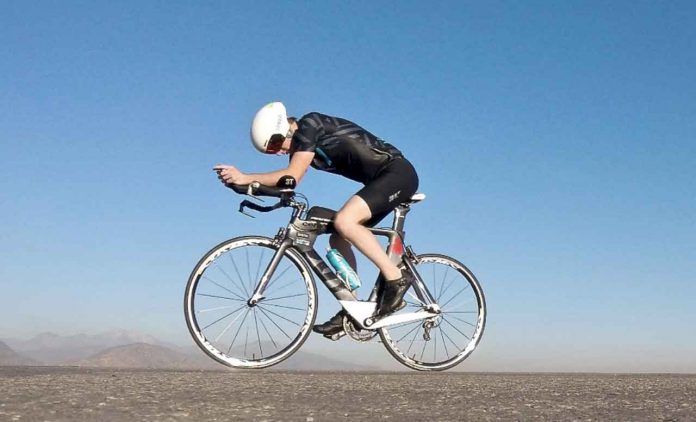The Tour de France is the most widely recognised and respected cycling event in the world. Elite riders from across the globe flock to France every year to participate in this iconic race. It’s helped to shape broader cycling culture, and inspire millions of people to jump into the saddle and start pedalling. But exactly why is this, and what is it that makes the Tour so special?
Historical Significance
The first Tour de France was the creation of a pair of reporters named Henri Desgrange and George Lefevre, who were seeking to publicise a sports newspaper. It took place in 1903, and saw riders cycle for day and night over six stages, covering Paris, Marseille, Toulouse, Bordeaux and Nantes.
The event proved wildly successful, but it was almost ruined by widespread cheating in subsequent events. Some tightening of the rules, and the introduction of mountain stages through Alsace, the Pyrenees and the Alps helped to make the Tour even more formidable. At this point, the average stage distance was an incredible 356 km.
Inspiring New Generations of Cyclists
As broadcast technology matured over the 20th century, footage of these amazing events was beamed into households around the world, and cyclists were inspired to take to the road. Some of the competition’s biggest names were first exposed to the sport through television coverage of the Tour.
Economic and Tourism Boost
Nowadays, the Tour de France is a huge event that sees tourists from around the world flock to France – and to other countries selected to host individual legs of the Tour. The locations aren’t just popular at race time, either: cyclists often visit regions made famous by the Tour, in order to try their own luck at the conditions faced by elite riders.
Advancements in Cycling Technology and Training
Like any elite sport, cycling has helped to push things forward when it comes to technology and training. The methods and gear used by the best can be of benefit to everyone. The road bikes of today are vastly different to those of a century ago.
The earliest bikes used in the Tour, for example, were fixed gear: meaning that, to coast, you would need to take your feet off the pedals, and that the only way to brake was by resisting the forward motion of the pedals.
The introduction of freewheeling came about at the same time as the mountain stages. It made the race easier – and a great deal safer.
Promoting Health and Fitness
Of course, it wasn’t just competitive, professional cyclists who were inspired. The Tour has helped to promote the activity among recreational riders, too: and ultimately helped to drive up public health and fitness.
Along with walking, cycling is an enormously efficient and environmentally friendly form of transport. By making the sport visible, the Tour has helped not only to improve the world’s fitness – it’s also helped the environment!






